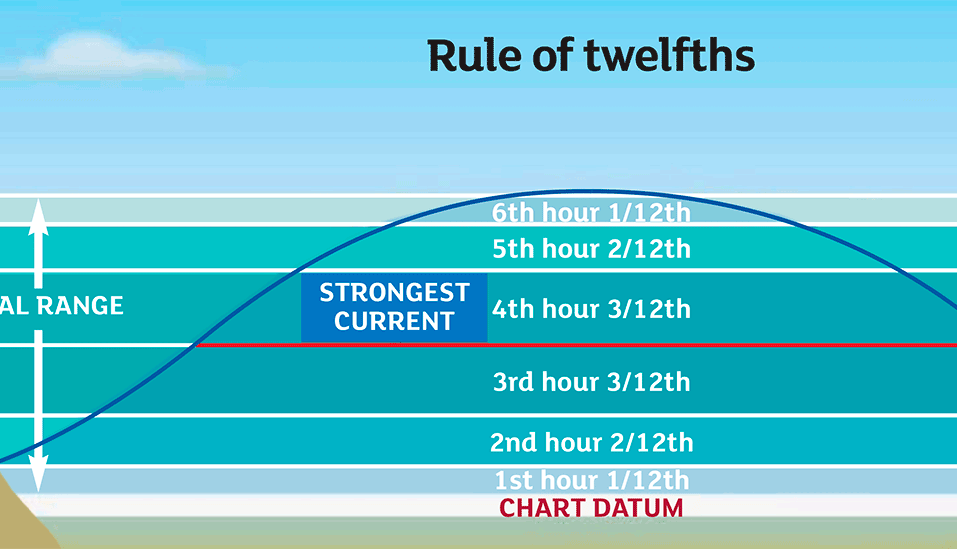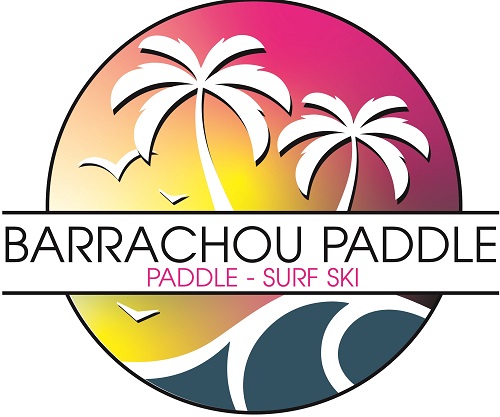Our SUP sessions are mostly based around the tide, especially if you are based on the ocean. So how do we predict the tide so that we can have the safest SUP / stand up paddleboarding session.
So what is the definition of tides?
The first step is to understand why the tides occur. High and low tides are caused by the moon. The moon’s gravitational pull generates something called the tidal force. The tidal force causes Earth—and its water—to bulge out on the side closest to the moon and the side farthest from the moon. These bulges of water are high tides.
Now that we understand what is a tide, we now need to explore where the biggest tide ranges are in the world. There are several locations across the world with high tidal ranges.
So what is a tidal range?
A tidal range is the difference between a high tide and its corresponding low tide in a given area (or vice versa). As we know, the moon has the biggest influence on the tide frequency and range. The spring tides, and therefore their effect on the tidal range is increased when a spring tide coincides with the equinox. Large tidal ranges occur in coastal locations. Land formations and topology of the seabed affect tidal range, for example, bodies of water between two land masses funnel water, restricting their ability to dissipate, resulting in a large tidal range. The highest tidal ranges in such locations can see the difference between the rise and fall of 12m, wherein open water, this range is just 0.6m. For this reason it is no coincidence that the largest tides are located where they are.
So how do you predict tides?
There are 2 cycles to look out for spring and neap tides. Spring tides are in essence when we have a full moon so this happens every 28 days or so. The neaps is the time inbetween.
The spring tides are the greatest difference in time between high and low tides, this means that the curve will be more pronounced. Neap tides have a smaller change in tidal difference over time, therefore the curve will be alot smaller.

So why is this significant?
It is important to look at tidal times to see when the tidal flow will be stronger. Spring tides will have a flow on the ebb and the flow, because there is a bigger volume of water flowing. Neaps will have less flow, though at specific parts of the tidals cycle there will still be a current.
So what is a tidal cycle? and why is it important?
So we now know what period the tide is in, whether a spring or neap. Now we look at the 12 hour cycle of the tide. We know that there is a low and high tide, and that it happens over a 12 hour period. So what we do is divide the cycle into twelfths. Don’t get too confused. Using this graph we can see exactly what this means. The tule of twelfths means that the 1st hour of low tide there is almost no flow, this then moves through to 2nd hour, then 3rd hour. It is in this 3rd and 4th hour that the flow is strongest. This is mid tide. The flow then decreases in strength until it gets to high tide on the 6th hour. Spring tides will mean that there will be strong flow, and even at neap tides, there will be a flow of some sort significance. So being at high tide in a spring is not the strongest part of the tide!

The next step will be now how the geography affects the local flow!
Geography is everything!
so how does the local geography affect the tidal flow? There are places in the UK that have particular tidal flows. In estuaries, you will have to take into account the length to account for the change in tides. In areas such as North West Scotland and places that have an array of islands this will affect flow, this is because of the squeeze that happens in the flow. The islands channel the water and create a flow of water that increases in force.
Southampton, double high water. This is a phenonomen that happens because the location of Isle of Wight. The tidal flow goes from East to West, and because of the position of the isle of Wight it means that Southampton gets a high tide a say 6PM and then again 3 hours later as the water flow loops around the isle of Wight.
So what next?
So now that you know the time of high tide, you can calculate the time when the current is at its strongest. You also know that it will depend on the geographical location of your spot, and of course whether it is spring or neaps. Use the tide to help you on your SUP journey, plan accordingly and your session will be the best.
If you want more information on SUP session planning, then come along to the Wild Women SUP Symposium in September! .

